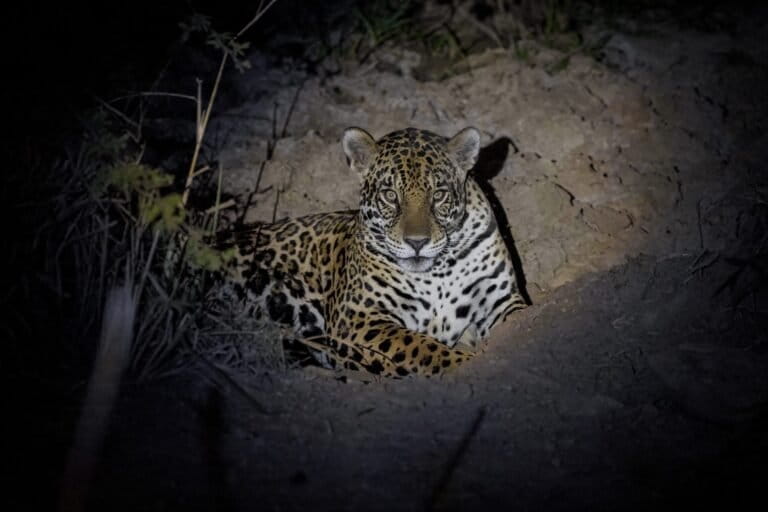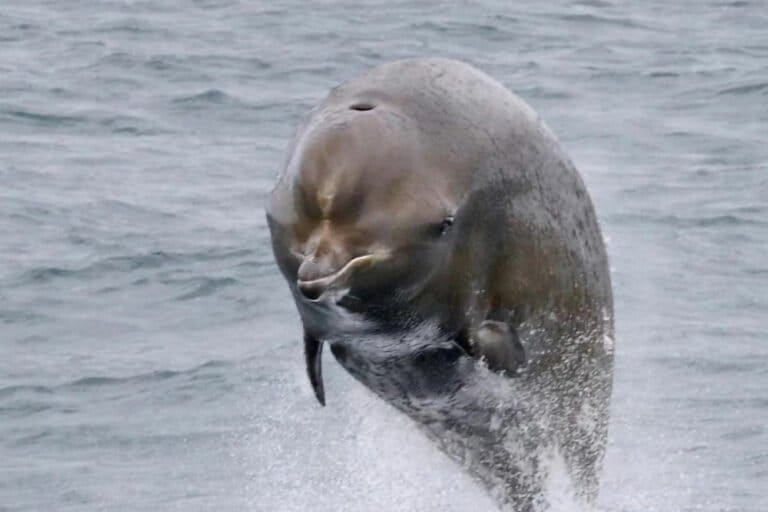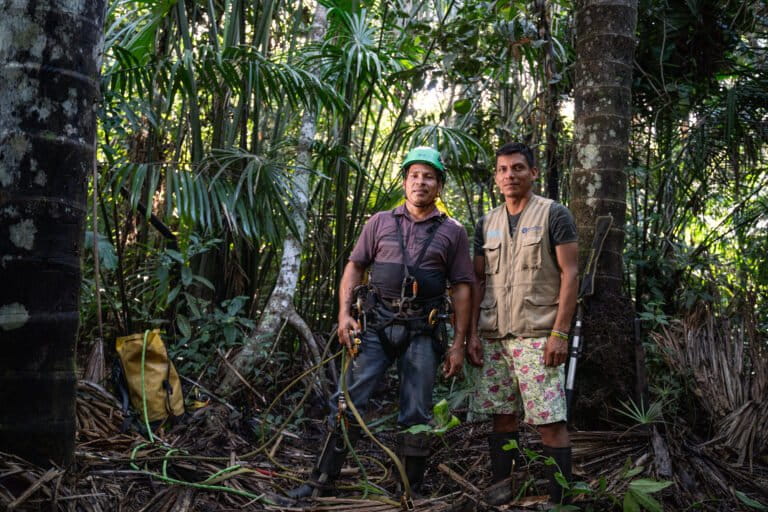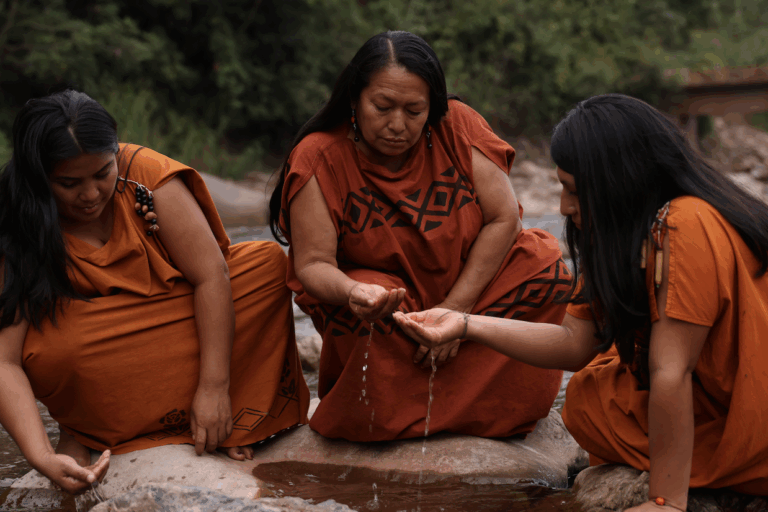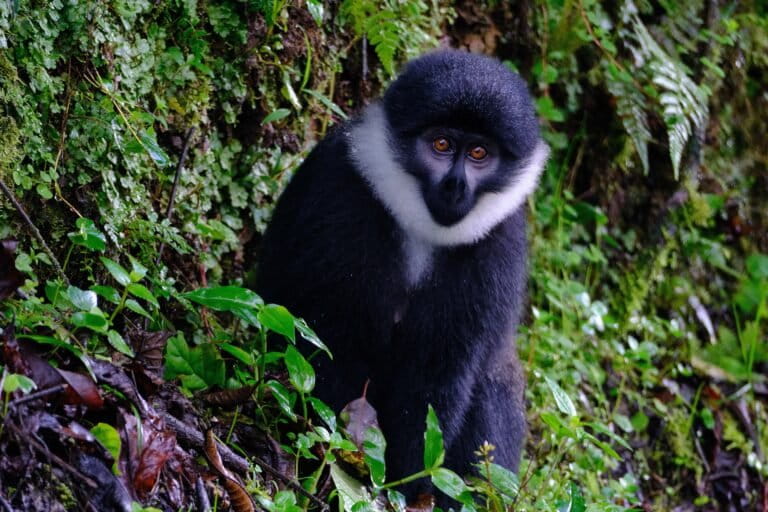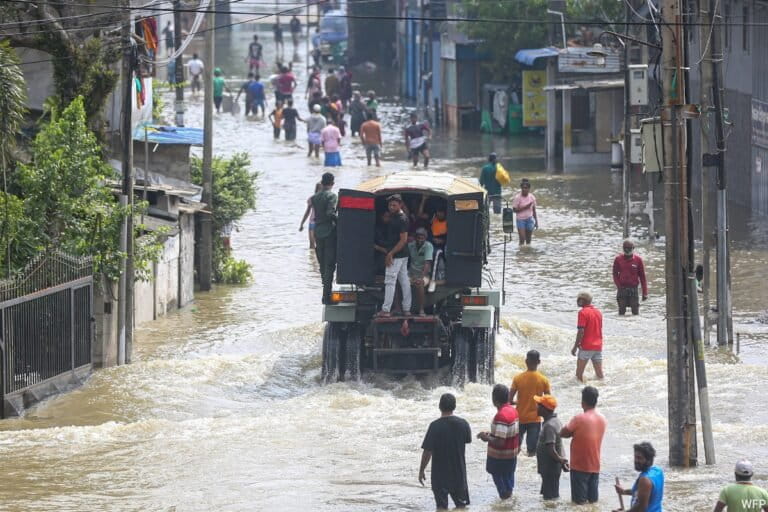- A just released documentary film includes footage of an uncontacted indigenous group known as the Awá Guajá, hunter-gatherers described by NGO Survival International as the most threatened tribe on the planet. The indigenous group lives in Brazil’s Amazon rainforest in Northeast Maranhão state.
- The footage was captured by chance by cameraman Flay Guajajara, a member of the Mídia Índia (a collective of indigenous communicators of various ethnicities) when he and other Guajajara Indians were on a hunting trip in the Araribóia reserve, one of the country’s most threatened indigenous territories. *
- The Awá share the Araribóia reserve with their Guajajara relatives. In late 2012, the Guajajara set up a group who call themselves “Guardians of the Forest” and risk their lives combatting illegal logging to protect the reserve and the Awá’s lives.
In August 2018, deep in Brazil’s Amazon rainforest in Northeast Maranhão state, an expedition of Guajajara indigenous people was suddenly alerted by an unexpected whistle. The sound came from an unseen group of Awá Guajá, an uncontacted group of hunter-gatherers described by NGO Survival International as the most threatened indigenous group on the planet.
The Awá Guajá, which didn’t spot the Guajajara, were then captured on film by cameraman Flay Guajajara, a member of Mídia Índia — a collective of indigenous communicators of various ethnicities. The footage has been included in a 13-minute documentary film launched on July 23 in São Paulo. One sequence shows the empty Awá Guajá’s encampment with hammocks and hunting tools, as well as one member of the uncontacted group, unaware he was being filmed, smelling a machete left in the area by outsiders.
Called “Ka’a Zar Ukyze Wà,” Forest Keepers in Danger, the documentary sheds light on the vulnerability of the uncontacted Awá Guajá in the Araribóia indigenous reserve, one of the country’s most threatened demarcated indigenous areas. The Awá share the Araribóia reserve with their Guajajara relatives, who established “Guardians of the Forest,” a group that risks their lives fighting illegal logging in the reserve.
This film shows “our history, our life, our survival… [it] shows the invasion of loggers in Araribóia… [and] our activities to protect the lungs of the world and the Awá,” the leader of about 120 Guajajara “Guardians,” Olímpio Iwyramu Guajajara, told Mongabay.
“Many people doubted [the existence of] uncontacted Awá… Now there is a proof… [But] these images were captured by chance — [The Guajajara] went hunting and didn’t know they were going to come across them… We respect their right to not have contact,” the leader explained, highlighting the importance of the film as a means of resistance against the government of far-right President Jair Bolsonaro, whom he calls “anti-indigenous and anti-forest.”


Since Bolsonaro took office at the start of the year, he has announced controversial policies, including plans to open up indigenous reserves for large-scale mining and agribusiness, as well as measures to weaken environmental regulations and agencies. Although most of these policies have yet to be implemented, some critics say that Bolsonaro’s election pushed illegal loggers and land grabbers to encroach on indigenous lands and clear trees in the Amazon, for which there is some hard evidence.
Official estimates from the Brazilian National Institute of Space Research (INPE) for 2019 annual deforestation only will be released at the end of the year, but the agency’s alert systems detected a cleared area of 5,048 square kilometers (1,949 square miles) for the 12 months ending June 30, 2019, an increase of about 12.5 percent over the prior year in Legal Amazonia, a federal designation that includes all or parts of nine Brazilian states.
In the last ten months, a monthly average of 517 deforestation alerts, and more than 1,200 kilometers (745 miles) of illegal logging trails were detected in Araribóia by the alert monitoring system of NGO Socio-environmental Institute (ISA).
“The situation at Araribóia worsened during this government. This year, the Guardians carried out about ten operations against illegal loggers… [W]e set fire to all illegal logging camps we found,” Olímpio said, adding that the loggers fled and there has never been a conflict during the Guardians’ patrols.

The Guardians group was set up in late 2012 and has destroyed some 200 illegal logging camps, according to Olímpio. He said he is hopeful that the new film will raise global awareness of the Awá’s precarious situation and may help the Guardians to get financial support to set up an NGO and a website for receiving donations aimed at protecting the Araribóia territory.

“These people, whose image were captured, were frightened by this close approach. This demonstrates the degree of vulnerability and threat they are experiencing. How [is it possible that] some people have the courage to say that indigenous people today are prepared to live without their home, without their territory?” said Sônia Guajajara, the leader of the Articulação dos Povos Indígenas do Brasil, the National Articulation of Indigenous Peoples of Brazil (APIB), in a statement featured in the documentary.
As Flay Guajajara finished his filming of the uncontacted group, he allowed the Awá to see him briefly so they could both share “the image of each other.”
“Will we see each other again?” he asks in the film, leaving the question unanswered. Analysts fear that the rapid advancement of Brazil’s so-called “Arc of Deforestation” will destroy the homelands of the Amazon’s last uncontacted peoples.
The documentary ends with a Guajajara song about the Awá: “In the middle of the forest, they are there… the Wazayzar hehe… They belong to the forest, they belong to the forest. In the middle of the forest, they are there.”
The film was directed by Flay in partnership with Erisvan Bone Guajajara and Edivan dos Santos Guajajara, fellow members of Mídia Índia. The documentary, which was released on Youtube on July 24 with subtitles in English, Spanish and Indonesian Bahasa, was produced by Mídia Índia, ISA and Instituto Catitu, a non-profit association.
Banner image caption: Screenshot of the documentary film “Ka’a Zar Ukyze Wà” — Forest Keepers in Danger — showing a member of the Awá Guajá ‘uncontacted’ tribe
FEEDBACK: Use this form to send a message to the author of this post. If you want to post a public comment, you can do that at the bottom of the page.







